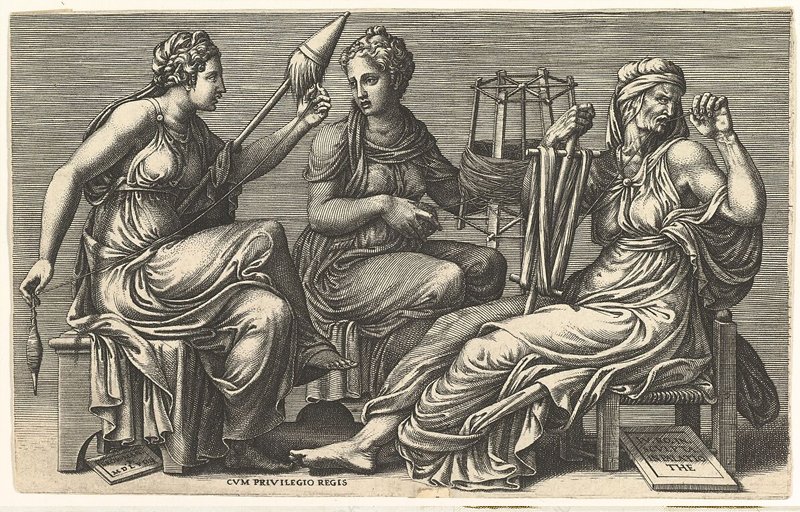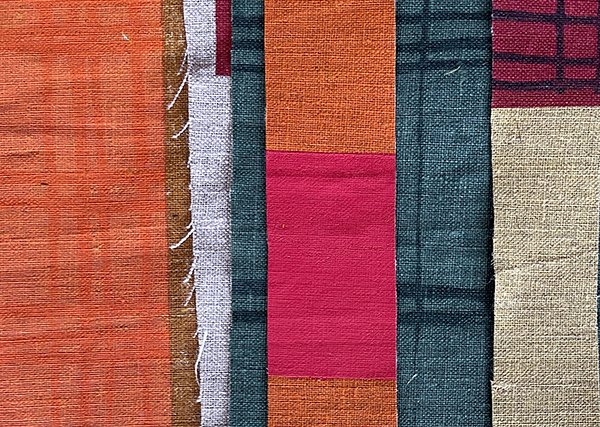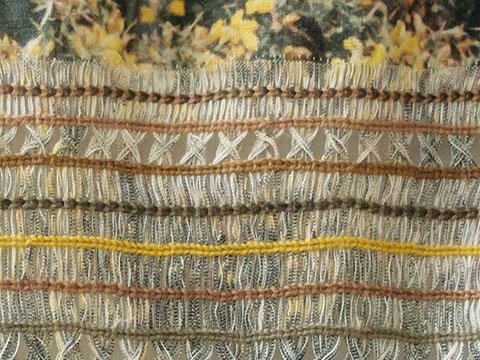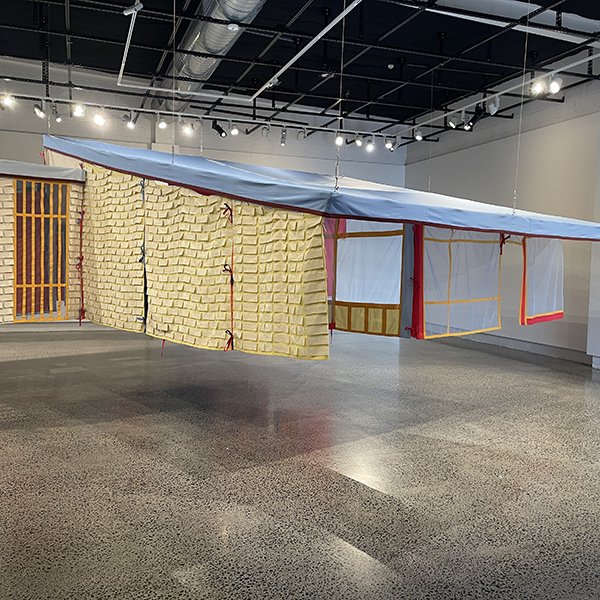A voice in cloth; A letter to myself
Colour block prints
A voice in cloth.
I have been thinking about the deeply conscious decision I made, many years ago, to attach myself to textiles as a creative medium, and in doing so I have been able to engage with a practice that traverses art, design and craft, both within a commercial and a bespoke context, and as someone, who thrives in being in many places, with many ideas, I can understand my attraction.
Recently, around the edges of the homewares business, I have been creating some textiles of a more bespoke nature, these have been a bit of an antidote to the business. Using up leftover inks from print runs, they are meditative, therapeutic, and a bit like weaving, I’m watching small blocks of colour unify and bond as they build relationships with one another.
I have been unsure about where these pieces belong, or indeed, where I belong for that matter! in regards to a textile practice. My inner critic has been hassling me to dig deeper, to support these works with an underlying concept.
So, I decided, with a hungry curiosity that I hadn’t felt for years, to revisit my Master’s thesis, written while studying Textile Art at Goldsmiths University in London, graduating in 1996. (!) In doing so, it has re-ignited something inside me, and because I am now reading it from a different place, the place I’m in now, I’m joining some dots and making connections with what textiles have meant to me, for this creative heart. I have begun to see how textiles have saved me, shaped me, and given me a voice.
There were a few draft working titles for my thesis, - ‘Preserving voices’, ‘The voice in cloth’, ‘Fabric language’, and ‘Felt life’ until I decided on the title ‘(Dis) Locating – text & textile.
I was deep-diving into psychoanalytical and French feminist theories, attempting to mobilise an inner voice in cloth, and through this, engaging in the idea of textiles as being essentially a feminine voice and drawing on this as a potent and shifting, elusive means of expression.
I was acknowledging also, how patterns in cloth tell us stories, through their coded motifs, there is a shared language that connects communities across generations, and where in some cases, voices are unheard. Through fabric, this tradition of a ‘felt-life’, there is a means of conveying knowledge through a rich visual and textural language.
Anni Albers. Open Letter, 1958. Cotton. 58.4 × 61 cm, detail
Anni Albers talked about the relationship between text and textiles, describing how woven textiles, along with cave paintings, were the earliest examples of direct, formative communication, especially powerful, in regions without a written language, like Ancient Peru.
As Victoria Finlay writes in her book ‘Fabric, The Hidden History of the Material World’ “fabrics can give a glimpse of something truthful, a clue to what is underneath the surface of things”
I love how she also mentions that the origin of the word ‘Clue’ – comes from the late Middle English word Clew, which refers to a ball of yarn. One that can be unwound to show us the right path. This, I discovered, is partly derived from the story of Ariadne and Theseus in Greek Mythology, where Ariadne gives a ball of thread to Theseus so that he could use it to find his way out of her father's labyrinth after killing the Minotaur.
Textile references of thread, weaving, and spinning, have appeared in many mythological stories, (The Three Fates, Arachne, Athenea and Philomenla).
The Three Fates Clotho, Lachesis, and Atropos, 1558–59. Engraving by Giulio Romano.
Philomela & her Tapestry, Sir Edward Burne-Jones, 1864
Also, linguistically we make similar references to textiles, in common phrases, such as ‘caught in a web of words’, ‘stories are yarns to be spun’, ‘thoughts fray or unravel’, we are left ‘hanging by a thread’,
Etymologically, textiles and text share the same Latin origin: the verb Texere means ‘to weave’, and Roland Barthes drew on this notion of text and textiles beautifully in his book, The Death of an Author;
“The text is a tissue of quotations drawn from the innumerable centres of culture”
(The noun tissue, comes from the Old French tissu, meaning “a ribbon, or belt of woven material).
Taking this relationship between text and textiles further during my Masters research, I referenced a quote from Leon S. Roudiez, in his introduction to Julia Kristeva’s book, Revolution in Poetic language, describing her interplay between semiotics and symbolism;
“think of it as texture or disposition, or connection of threads, filaments or slender bodies interwoven, however, the text cannot be thought of as a finished piece of cloth, it is a continuous state of flux as different readers intervene, as their knowledge deepens and as history moves on”
As I print my colour block works on linen, there is a desire for order, through the repetition of printing, and through this intuitive approach to creating patterns, I feel grounded.
In the process of layering textures and colours, I have begun to create my own language in textiles. The printed grids behave like pieces in a patchwork, layered over time. And somehow these printed textiles never feel finished, always in a state of flux, representing something precious about the nature of cloth. A regeneration.
The English word Line, has the same root as the word linen. I can’t help coming back to this notion of text as a texture of interwoven lines. But also how linear threads have an order, a grid made up of vertical and horizontal threads, a warp and weft, a matrix, that creates strength. Etymologically, the word ‘matrix’ comes from the Latin ‘womb’ or ‘source’ which is a space of growth and nurture.
The earliest origins of weaving began with a back strap loom, this weaving from the belly, growing cloth, I can understand why weaving has traditionally been so symbolically linked to birth and creation.
I have always loved textiles’ ability to speak volumes, not just in metaphors but also, in how we get to know cloth through handling it and through making with it. The connection between the hands eyes body, makes our relationship with textiles rich and vital.
For me, fabric ignites such an intense nostalgia, but sadly we live in a world where the commercial fabric industry is obscene. Despite this, fabric is still at the heart of who we are. Humans use cloth to swaddle new-borns, protect and adorn themselves, and shroud the dead. Fabric plays such a prominent role in our lives.
Circling back to my textile art/design practice, and as someone questioning where they belong in this expansive field of textiles, I can’t help thinking about the importance of intimacy. I keep coming back to these central themes - community, connectedness, and a place of belonging. And I think of how textiles, have the ability, to make the invisible, visible.
I’ve always been keen to observe how contemporary artists reflect this in their use of textiles, as a language.
For example, Auckland artist, Arielle Walker, creates beautiful textile installation pieces, that focus on the coexistence of preserving the traditions of making and craft, combined with the importance of preserving the stories that co-exist with the making, from her whakapapa, handed down through generations.
Arielle Walker, Distance rewoven from the roots to the stem, 2020-present. Dye-sublimated print onto hemp fibre, unravelled by hand; whatu in plant-dyed wool yarn.
Arielle Walker, Lacing/Kootuitu 2019 - ongoing
An installation by Melbourne artist, Esther Stewart is currently showing in the main gallery at Object Space. Her use of the language of fabric creates intense nostalgia while confronting this stunning, architectural sculptural piece of stitched and patched-together tent-like panels. This is a provocative piece., it expresses the transient nature of shelter, belonging and community, and the underlying fragility of displacement.
Esther Stewart, I was moving too fast to see, 2024, 16 Mar–19 May 2024 at Objectspace,
Esther Stewart, I was moving too fast to see, 2024
And as I continue to unpack and unpick the words, from a spiral-bound thesis from almost 30 years ago, I will continue to make connections around my voice, my identity, and my need to create. Textiles have always felt like home, a companion, and a safe place.
Katie Smith, 2023. Colour block, screen print on linen, ongoing study.













